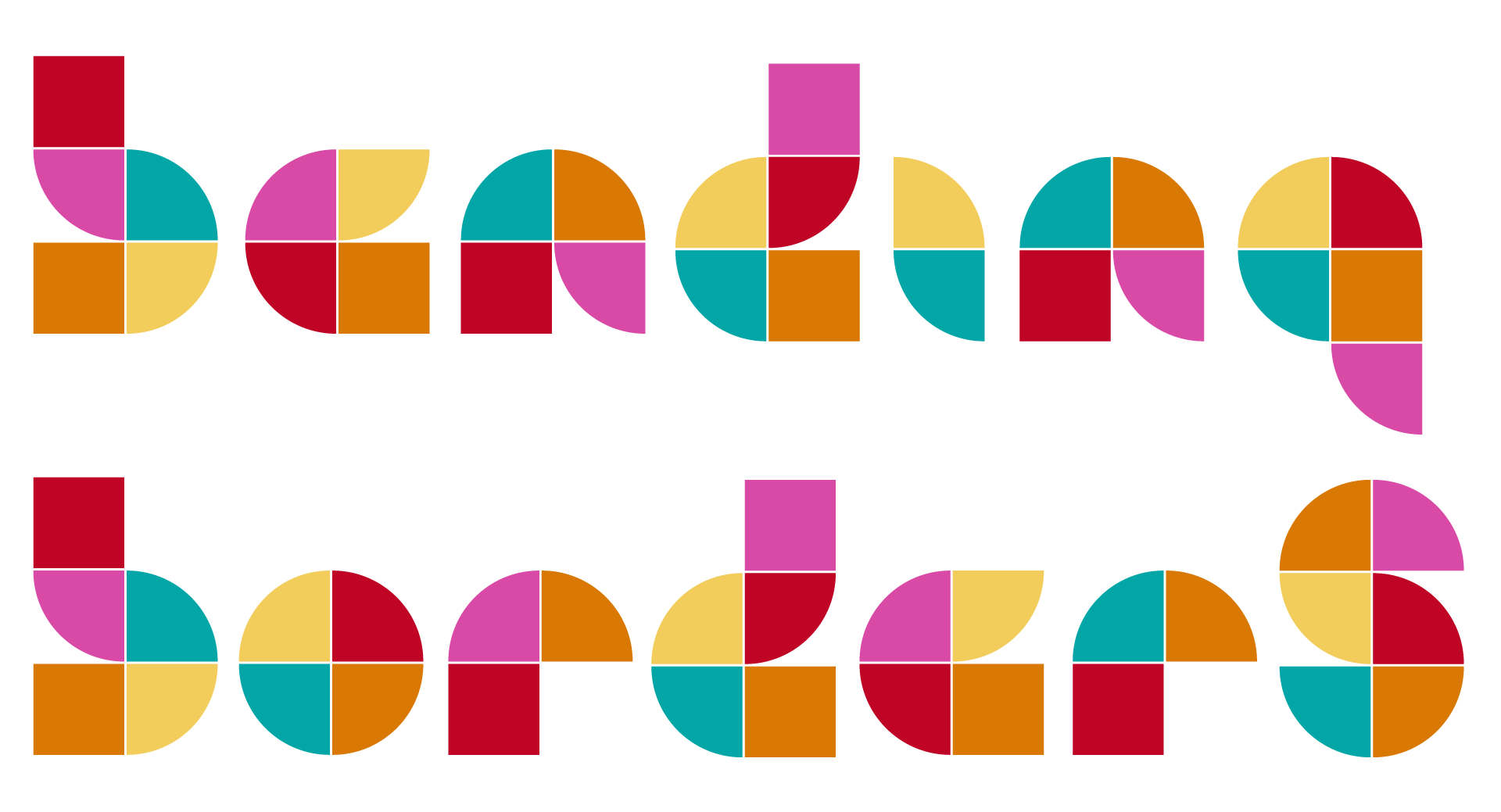Learning a new language can be a daunting task, but with the right approach, it can also be an incredibly rewarding experience. As technology continues to advance, we’re seeing the rise of innovative tools and methods that are making language learning more accessible and effective than ever before. One area that holds particular promise is the use of large language models, which have the potential to revolutionize the way we learn languages by providing personalized, adaptive, and interactive experiences.

The Best Way to Learn a Language
As someone who has embarked on a journey of cultural discovery and global perspectives, I can attest that learning a language is a rewarding and enriching experience.
- Immerse Yourself in the Language: Surround yourself with the language as much as possible by listening to music, watching movies, reading books, and speaking with native speakers regularly.
- Practice Consistently: Set aside time each day to practice speaking, writing, and listening to the language. Use language learning apps, podcasts, and online resources to stay motivated and engaged.
- Focus on Grammar and Vocabulary: Understanding the grammar rules and building a strong vocabulary are essential to becoming proficient in a language. Use textbooks, language learning courses, and online resources to improve your skills.
- Seek Out Native Speakers: Speaking with native speakers is one of the best ways to improve your language skills. Look for language exchange programs, join online communities, or attend language meetups to connect with native speakers.
- Be Patient and Persistent: Learning a language takes time and effort. Don’t get discouraged if you make mistakes or struggle to understand certain concepts. Keep practicing, and you’ll see progress over time.
Some popular language learning platforms and resources include:
- Duolingo : A free language learning app that offers interactive lessons and exercises.
- Babbel : A paid language learning platform that offers comprehensive lessons and speech recognition technology.
- Lang-8 : A social network for language learners that allows you to practice writing and receive feedback from native speakers.
Remember, learning a language is a lifelong process, and there’s always room for improvement. Stay motivated, keep practicing, and you’ll become proficient in no time!
Defining Language Learning
As I embark on a journey of cultural discovery, travel adventures, and global perspectives, I realize that language learning is an active process that begins at birth and continues throughout life.
- Students learn language as they use it to communicate their thoughts, feelings, and experiences, establishing relationships with family members and friends, and striving to make sense and order of their world.
- Language learning involves acquiring the skills to understand, speak, read, and write in a particular language, which enables individuals to navigate diverse cultures, access knowledge, and connect with others.
- The process of language learning is complex and multifaceted, involving cognitive, social, and emotional aspects, as learners interact with native speakers, engage with authentic materials, and develop metalinguistic awareness.
Key Aspects of Language Learning
- Cognitive Development: Language learning requires the development of cognitive abilities, such as attention, memory, and problem-solving, to process and retain linguistic information.
- Social Interaction: Learners engage in social interactions with native speakers, peers, and instructors, which facilitates language acquisition through communication, feedback, and correction.
- Affective Factors: Emotions, motivation, and attitudes play a crucial role in language learning, influencing learners’ engagement, persistence, and overall success.
Effective Strategies for Language Learning
- Immerse Yourself: Surround yourself with the target language through media, music, and conversations to develop listening and speaking skills.
- Practice Consistently: Regular practice, whether through language exchange, tutoring, or self-study, helps reinforce new vocabulary, grammar, and pronunciation.
- Seek Feedback: Engage with native speakers, instructors, or language exchange partners to receive constructive feedback and correct mistakes.
By embracing these effective strategies and understanding the complexities of language learning, individuals can overcome challenges, achieve fluency, and unlock the doors to new opportunities and connections.

The 5 Cs of Language Teaching
I’m excited to embark on a journey of cultural discovery, travel adventures, and global perspectives with you.
- Communication: Effective communication is the foundation of language learning. As a learner, I strive to express myself confidently and accurately in the target language, whether through speaking, writing, or listening.
- Cultures: Understanding cultures is essential to language learning. By exploring the customs, traditions, and values of the target culture, I gain a deeper appreciation for the language and its speakers.
- Connections: Making connections between languages and cultures helps me to better understand the world around me. By recognizing similarities and differences, I can develop a more nuanced understanding of the complexities of human experience.
- Comparisons: Comparing languages and cultures allows me to identify patterns and relationships that might otherwise go unnoticed. This helps me to develop a more sophisticated understanding of language and culture.
- Communities: Building communities of language learners and speakers is crucial to language development. By connecting with others who share my interests and passions, I can learn from their experiences and contribute my own knowledge and skills.
At Bending Borders , we believe that language learning is not just about mastering grammar rules or vocabulary lists – it’s about developing a deeper understanding of the world and its many cultures.
Whether you’re a beginner or an advanced learner, we invite you to join us on this journey of discovery and exploration. Together, let’s bend the boundaries of language and culture!
For more information on language learning and cultural exchange, visit the Go Abroad website or check out the Language Exchange community.
Remember, language learning is a lifelong journey – and we’re excited to have you along for the ride!

Noam Chomsky’s Insights on Language Learning
I firmly believe that we are born with a predisposition to learn language.
- The essence of my theory of language acquisition states that human beings are pre-wired to learn language and, in fact, are born with the basic rules for language intact.
- This innate ability allows children to rapidly acquire language skills, often surpassing those of adults who are trying to learn a new language.
- My theory challenges the idea that language acquisition is solely based on environmental factors, such as exposure to language and social interaction.
- Instead, I propose that there is an underlying biological component that enables humans to learn language effortlessly.
- This concept has far-reaching implications for understanding human cognition, language development, and the complexities of communication.
Key Principles of Language Acquisition
- Innate Universal Grammar: I argue that humans are born with a universal grammar that provides the foundation for language acquisition.
- Language Acquisition Device (LAD): The LAD is a cognitive module that enables children to extract the rules and patterns of language from their environment.
- Poverty of the Stimulus: Children are exposed to limited linguistic input, yet they are able to generalize and create complex sentences, demonstrating an innate capacity for language.
- Language Development Stages: Children progress through various stages of language development, from babbling to syntax and semantics, reflecting the maturation of their language abilities.
Implications and Applications
Noam Chomsky’s theory of language acquisition has significant implications for fields such as linguistics, psychology, education, and artificial intelligence.
- Linguistic Research: Chomsky’s work has led to a deeper understanding of language structures, syntax, and semantics, informing linguistic theories and models.
- His ideas have influenced language instruction methods, emphasizing the importance of exposing learners to authentic language use and promoting critical thinking.
- Cognitive Science and Artificial Intelligence: Chomsky’s theory has inspired research on human cognition, language processing, and machine learning, contributing to advancements in these fields.
Skinners Theory of Language Development
Skinners theory suggests that language development occurs through the interaction between an individual and their environment.
- Children learn to communicate by associating certain verbal behaviors with specific consequences.
- This theory emphasizes the role of reinforcement and punishment in shaping language skills.
- Skinners theory is based on his work with operant conditioning, which states that behavior is modified by its consequences.
- The theory has been influential in the development of applied behavior analysis (ABA) therapy, particularly in the area of verbal behavior.
In the context of ABA, Skinners theory is often referred to as “operant conditioning” or “verbal behavior.”
- According to Skinners theory, language development is a process of learning to associate words with meanings and to use those words in context.
- This process involves the use of reinforcement, such as praise or rewards, to encourage the use of correct language.
- The theory also emphasizes the importance of punishment, such as ignoring or correcting incorrect language, to discourage the use of incorrect language.
- Skinners theory has been widely applied in educational settings, particularly in the area of special education.
While Skinners theory has been influential in the field of language development, it has also been subject to criticism and debate.
- Critics argue that the theory oversimplifies the complexity of language development and ignores the role of cognitive processes.
- Others have argued that the theory is too focused on individual behavior and neglects the role of social and environmental factors.
- Despite these criticisms, Skinners theory remains a widely accepted and influential framework for understanding language development.
As we continue to explore the complexities of language development, it is essential to consider the contributions of Skinners theory and its ongoing influence in the field.

Noam Chomsky Famous Quote
If we don’t believe in freedom of expression for people we despise, we don’t believe in it at all.
- This quote highlights the importance of freedom of expression and its connection to democracy.
- Chomsky emphasizes that freedom of expression is essential for a healthy democracy, allowing individuals to express themselves freely without fear of retribution.
- The quote suggests that if we don’t support freedom of expression for those we disagree with, we undermine the very foundation of democracy.
Key Takeaways:
- Freedom of expression is crucial for a functioning democracy.
- Democracy relies on the ability of citizens to express themselves freely.
- Silencing opposing views can lead to the erosion of democratic values.
Related Concepts:
- Censorship and its impact on society.
- The role of media in shaping public opinion.
- The importance of critical thinking and open-mindedness in a democratic society.

0 Comments